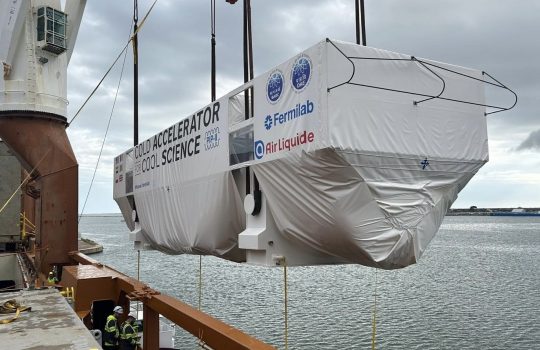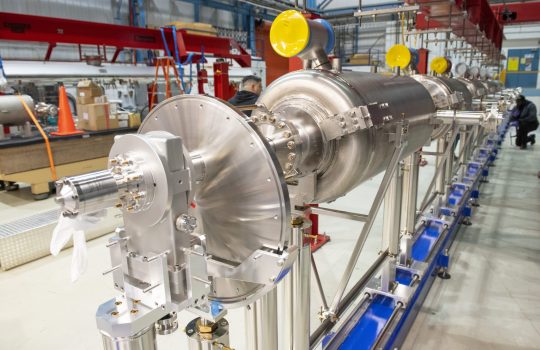US to shrink car-sized accelerators to coffee cans for nuclear waste solutions
Interesting Engineering, June 2, 2025
Argonne and Fermilab were granted the funding as part of ARPA-E’s Nuclear Energy Waste Transmutation Optimized Now program to design a compact, cost-effective accelerator that can transmute long-lived nuclear waste into safer material.


